Sam (S.S.) Crocker designed the 19′ 9″ pocket cruiser Sallee Rover as a yawl in 1953; later, in 1955, he drew the sloop-rigged version seen in the accompanying photographs. Making just a few changes to her for aesthetic purposes, Joel White built this sloop in 1967 for his father, E.B. White, and named her MARTHA.
E.B. White enjoyed sailing her for many years in the waters of Eggemoggin Reach and nearby bays. With the passage of time and E.B.’s eventual health problems, his use of the boat diminished, and MARTHA would sit at her mooring in Center Harbor for most of each sailing season, used only occasionally by grandchildren and great-grandchildren. I was encouraged by Joel, along with a few others, to use her as often as I liked, and over the next few summers I grew comfortable, confident, and at home sailing E.B.’s little sloop.
I’ve had numerous visits of good fortune in the 24 years I’ve been working here at WoodenBoat School in Brooklin, Maine, and high on that list is getting to know and work alongside Joel White at Brooklin Boat Yard in the mid-1980s and, more important, becoming friends with him. I will treasure that friendship my entire life.
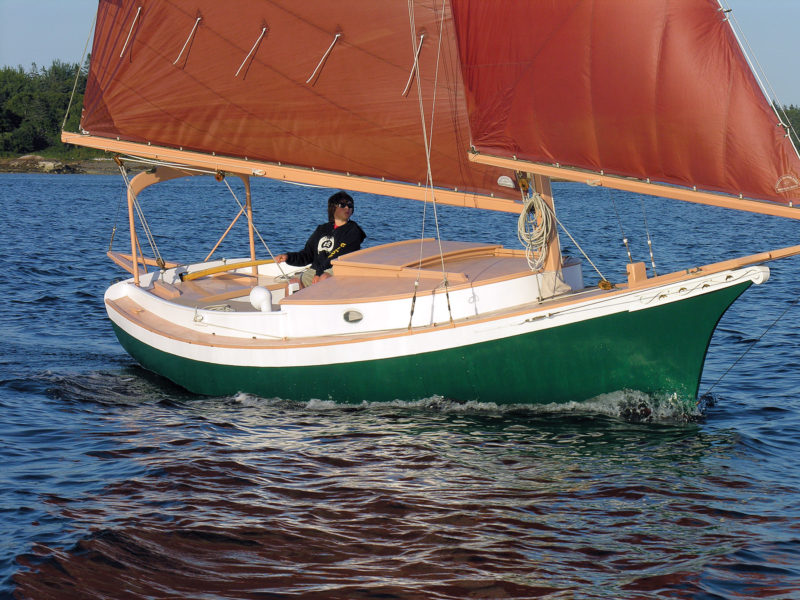 Photo by Matthew P. Murphy
Photo by Matthew P. MurphyMARTHA is an example of S.S. Crocker’s Sallee Rover design built in 1967 by Joel White, for his father. Here, Keenan Hilsinger, age 11, shows considerable facility at the helm.
After managing the WoodenBoat School shops for seven years, I took over the Director’s helm in 1991. I had recently brought my father up to the area from Pennsylvania and was helping him adjust to life at the Island Nursing Home in nearby Deer Isle. He had suffered a stroke and was battling dementia, so between caring for my dad and my new responsibilities at work, my plate was full. At times, it felt overloaded. Joel happened to phone me at work one day during this chapter in my life and asked if he could come over to the office that afternoon. There was something he wanted to discuss. In those early days of WoodenBoat School, we were often at Brooklin Boat Yard asking to borrow this or that. As the time approached for Joel’s visit, I feared we had overstepped the boundaries and either requested the tap-and-die set once too often or damaged one of the yard’s tools. Within minutes of welcoming him into my office, I was relieved and quite surprised when he explained that his family had decided to sell MARTHA and were hoping I would be interested in becoming her new owner. He asked that I think it over and get back to him. If I wasn’t inter-ested, another individual in town was, and it was important to Joel and his family that the boat remain in Brooklin.
My initial thought was, “Why now? I’ll never find the time to use her with all I’ve got going on.” I resigned myself to the fact that it just wasn’t the right time to take on the commitment of owning such a boat. Later that evening I felt myself drawn over to the boatyard just to take a look at her. She was sitting in her cradle in one of the storage buildings, and as I approached her, it took all of a few seconds to realize that this special little boat was exactly what I needed to help cope with all the anxiety I was often feeling. Returning to the boatyard the following day, I asked Joel if he was certain the family wanted to let her go. After explaining that they wanted to see MARTHA used and appreciated, I accepted his proposal and we shook hands, which sealed the deal. I was profoundly touched that the White family would entrust me with this heirloom, and, as one might expect, MARTHA has brought me and my family countless days of joy under sail exploring the same waters E.B. loved and wrote about.
With her small house, low topsides, spacious cockpit, and simple deck plan, MARTHA is the quintessential pocket cruiser. Her round-fronted cabin trunk fits perfectly with the clipper-bow profile and strong sheerline. Whether sitting on her mooring or out under sail, she always draws admiring looks. Down below, the cabin is small and simple. Two settee bunks, one on each side of the centerboard trunk, suffice for overnight cruising for my 11-year-old son, Keenan, and me. Adequate storage exists under these bunks and forward of the mast. A cedar tabletop fits into the trunk for meals, or a game of cards. Cruising with the basics, we do just fine with an ice cooler, a small camp stove, and a cedar bucket. For the two of us, small is beautiful.
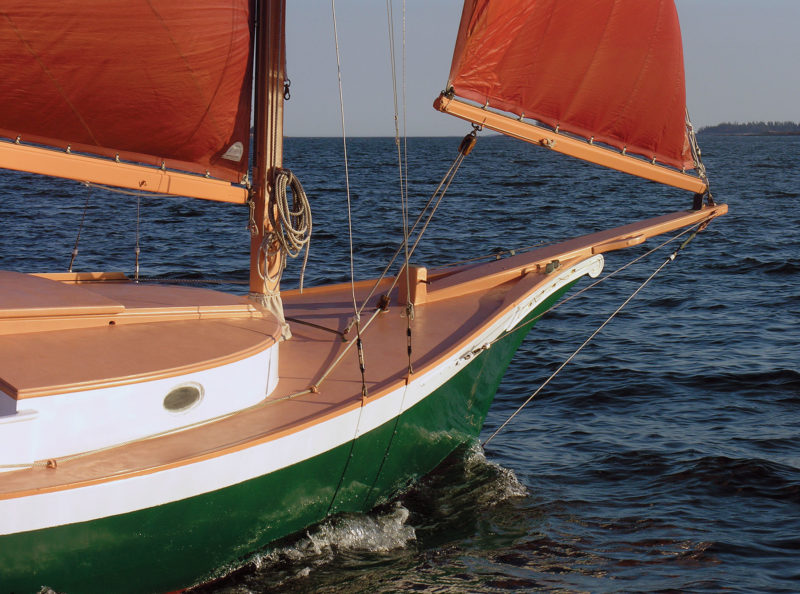 Photo by Matthew P. Murphy
Photo by Matthew P. MurphyA self-tacking jib and uncluttered foredeck make MARTHA a delight for short afternoon excursions. Her painted surfaces are simple to maintain. MARTHA’s owner estimates he spends 8 to 10 hours per year readying her for the water.
The hull is of shallow draft and wide beam, sort of a cross between a catboat and a Muscongus Bay sloop. She is ruggedly built. The keel is 7″ 9″ white oak and her stem is sided 41⁄2″ and molded about 8″.These are big timbers for a boat only 20′ overall. This hull structure alone incorporates much of the ballast required, which simplifies the construction process. She is planked with 1″ Northern white cedar over 1 1⁄ 4″-square bent-oak frames on 9″ centers, and 1 1⁄ 2″-thick white oak floor timbers. Her deck is 1⁄2″ plywood covered with Dynel and epoxy fastened to oak beams. With both the designer’s and builder’s expertise, she is an extremely stiff and strong boat and is enjoying a long life. Approximately 700 lbs of lead ballast are stored under the floorboards on both sides of the centerboard trunk, and combined with the heavy backbone and 7′ 7″ beam, MARTHA holds her own in a breeze.
Sallee Rover is a project well suited for someone with prior boatbuilding and woodworking experience. In fact, she’s such a great example of classic carvel construction that her construction details were drawn by Sam Manning and published by WoodenBoat as a poster over two decades ago in the tenth anniversary issue (“ The Anatomy of a Wooden Boat,” WB No. 60). Individuals interested in building to the Sallee Rover design may purchase the six sheets of plans. They won’t be disappointed in the process, or in the results. Weighing 4,000 lbs, MARTHA is easily trailerable by car, pickup truck, or tractor.
Once rigged and in the water, she provides a steady platform with no unexpected motion. And she is stable. Complementing MARTHA’s reassuring initial stability is her deep, self-draining cockpit. Her marconi mainsail and self-tending jib total 218 sq ft, which allows the boat to sail well on most points in moderate and strong winds. The main is rigged with a single row of reefpoints, which come in handy if the wind blows over 15 knots. MARTHA performs best off the wind on a reach or a run. With both sails trimmed and pulling, she sails herself, and all I need to do is adjust the jibsheet from time to time. Sheisa relaxing boat and not sensitive to shifting weight. Her helm is pleasant, with a steady feel and just enough weather helm to keep one attentive. She answers her barn door rudder instantly—even to tiny corrections. The oak tiller is the only varnished piece you’ll find aboard.
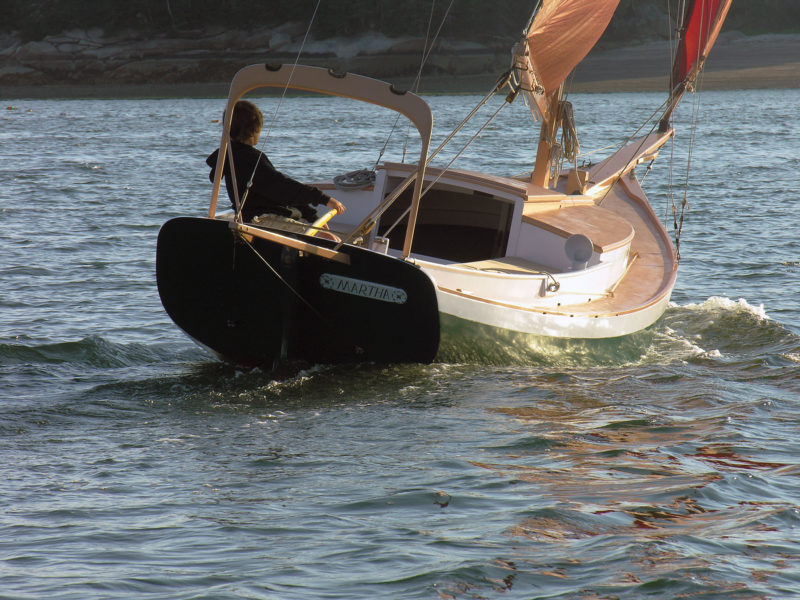 Photo by Matthew P. Murphy
Photo by Matthew P. MurphyAlthough she’s only 20′ long and displaces about two tons, MARTHA feels like a big boat and will accommodate two for a weekend excursion. At the end of the season, you can haul her home with a small truck.
Of course, a builder can choose a highly polished finish if desired, but MARTHA’s painted surfaces look right on this workboat-inspired hull, and yearly maintenance is minimal. I do all of this work on MARTHA myself. During the winter months, she lives in WoodenBoat School’s lumber barn, which has a dirt floor, the ideal storage environment for a wooden hull.
Drawing only 2′ with the centerboard up, MARTHA can take us into shallow waters most bigger boats avoid. An 8-hp, single-cylinder Palmer Baby Husky gasoline engine is installed under a big hatch in the cockpit floor. I very rarely use this anymore and, for a variety of reasons, am planning on switching over to a small, solar-powered electric motor in the near future.
These days, Keenan is handling MARTHA quite ably on his own, and it’s fun listening to him dream about additions he would like to make down below, changes to the rig, and which distant ports he’d like to visit when he calls the boat his own. We share a lot of good times on the water and I savor every one of them. Over the years I’ve found MARTHA to be extremely gratifying to sail— exhilarating really, when conditions are right—and I’m certain my son will experience similar sensations in the many sailing seasons to come.
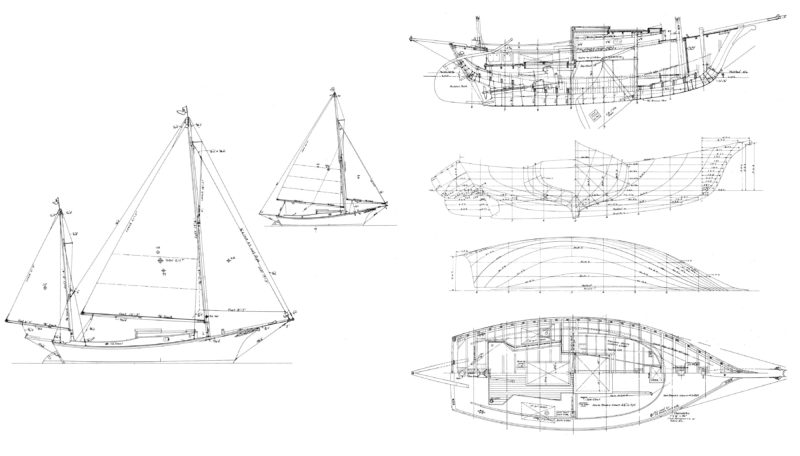
S.S. Crocker drew this boat as a yawl in 1953; the sloop rig came along two years later.
Boat plans are available from The WoodenBoat Store, P.O. Box 78, Brooklin, ME 04616; 800–273–7447.
Is there a boat you’d like to know more about? Have you built one that you think other Small Boats Magazine readers would enjoy? Please email us!
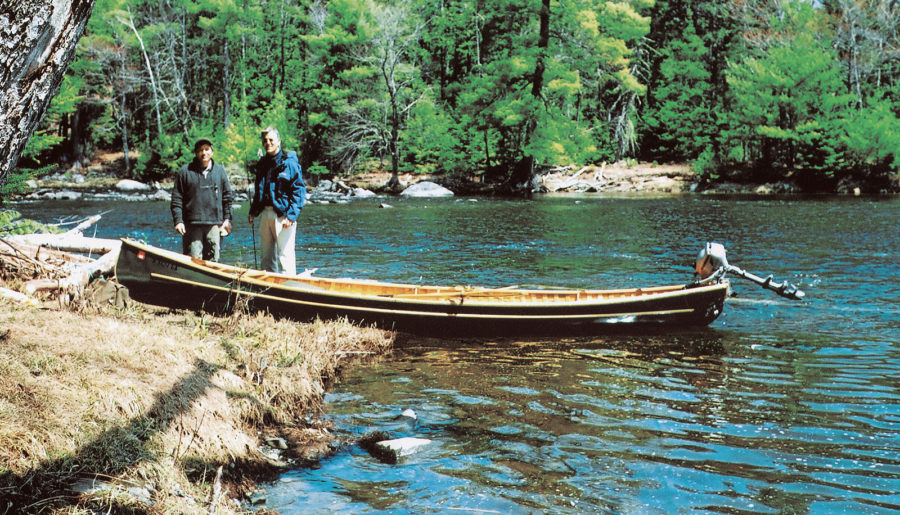
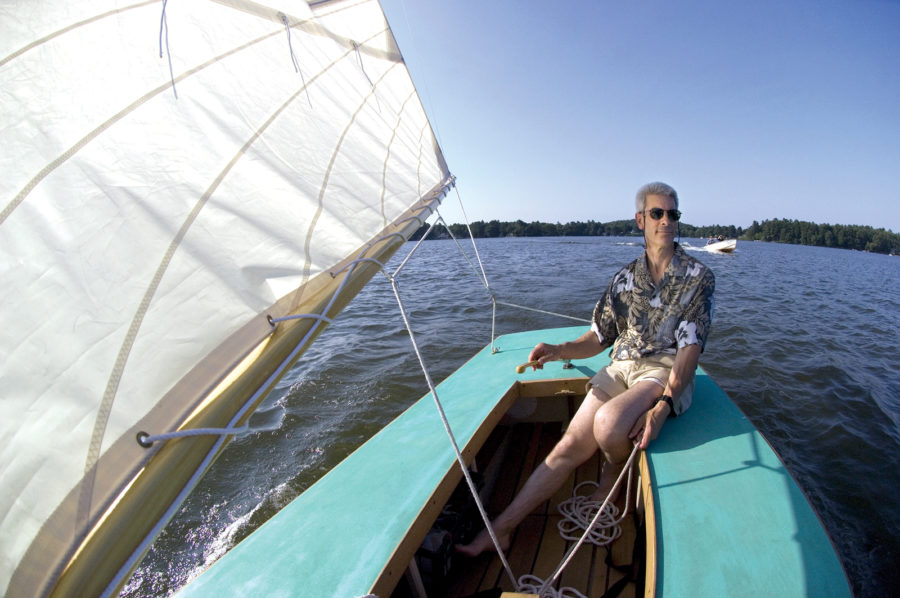
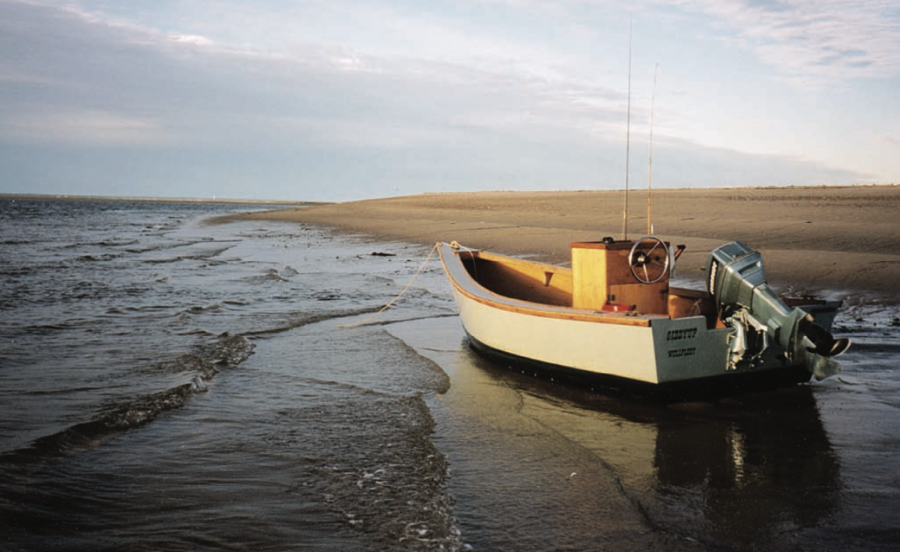
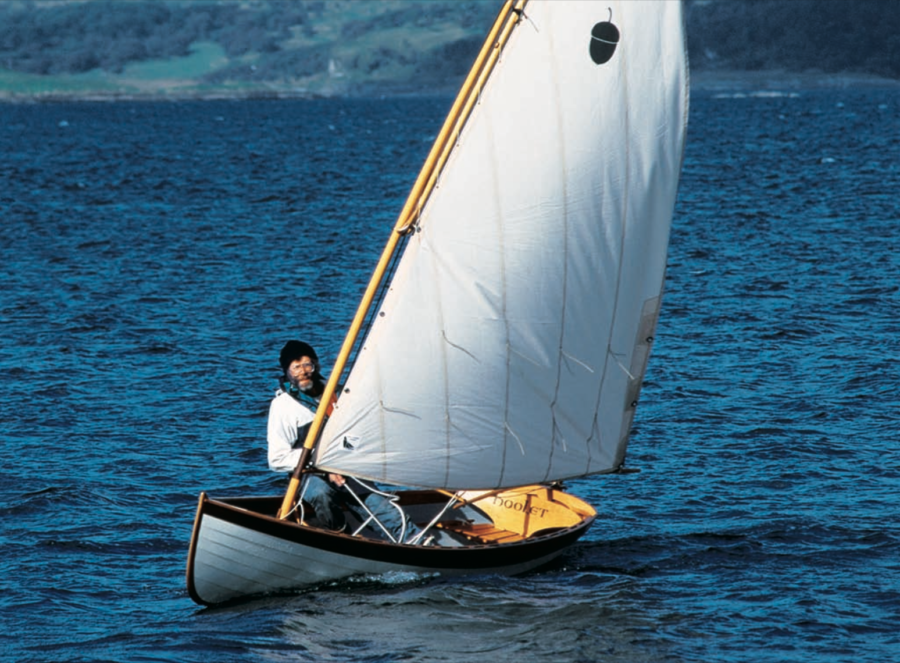
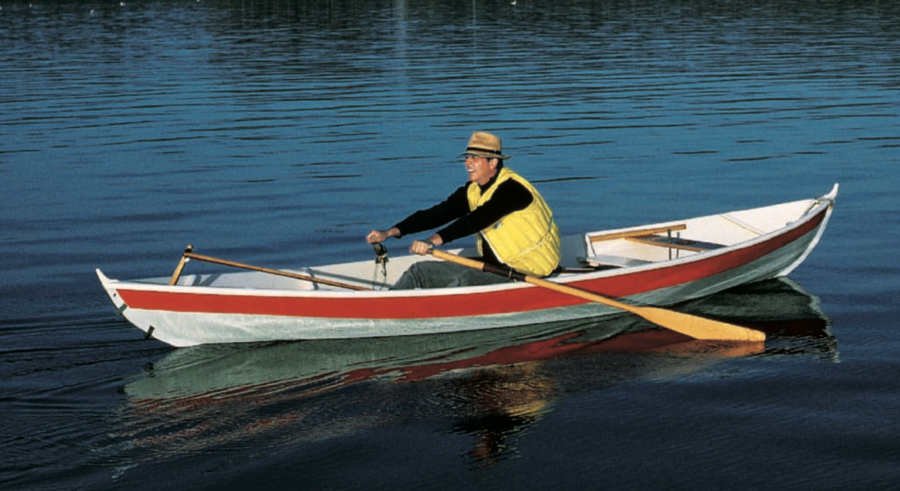
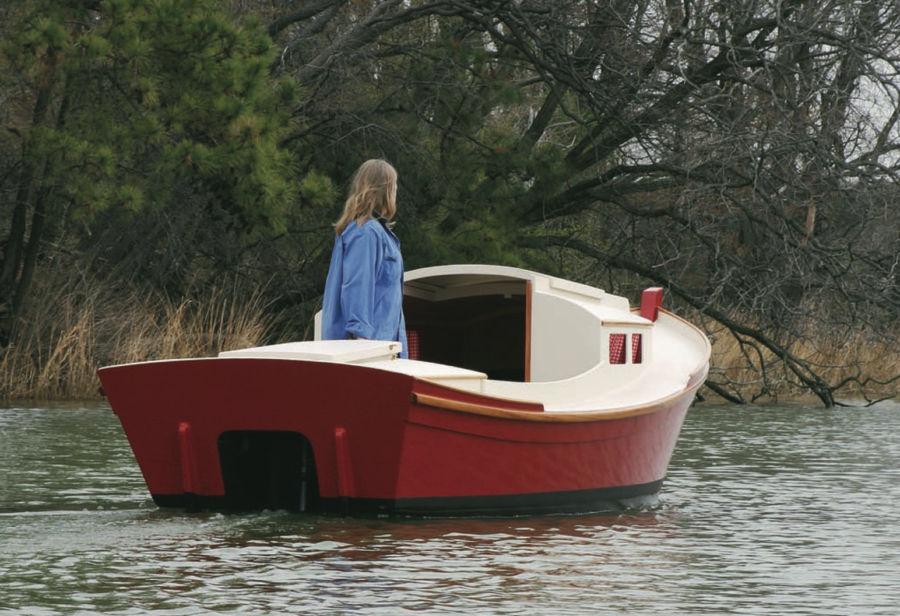
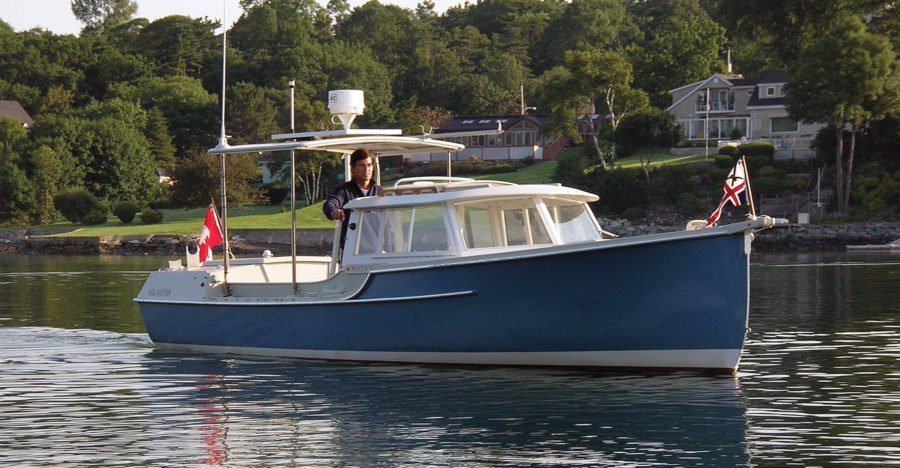
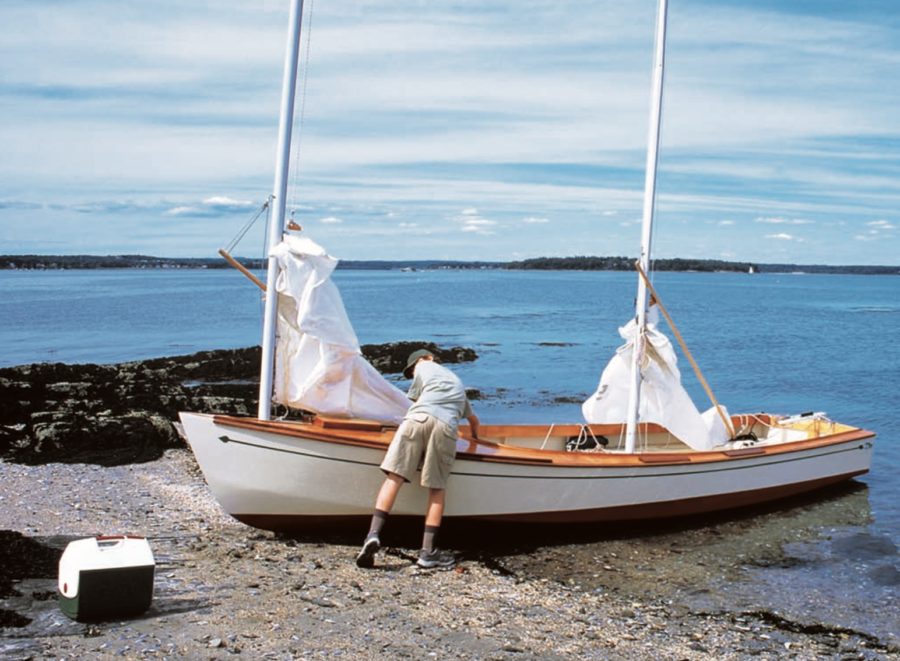
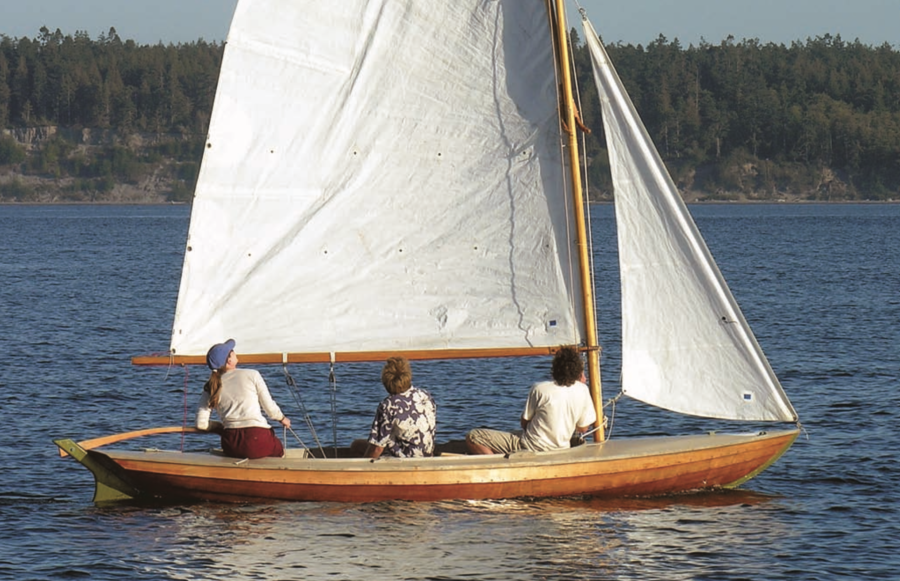
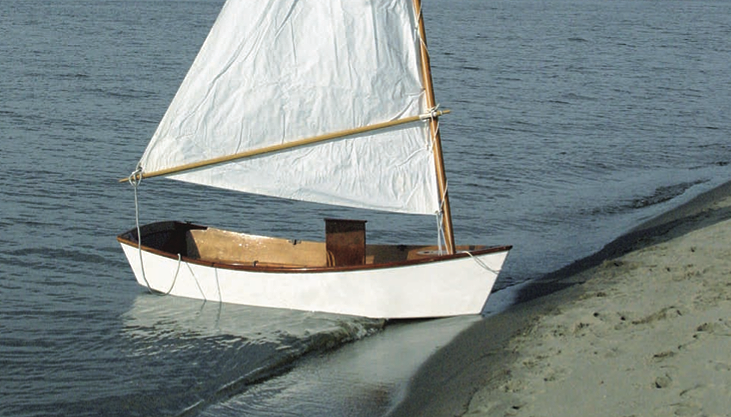
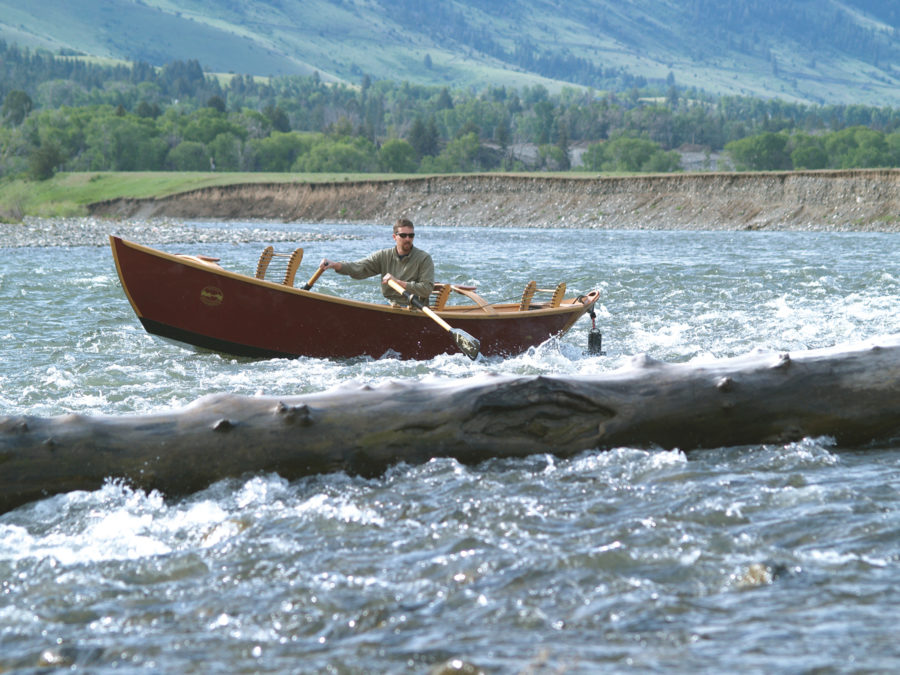
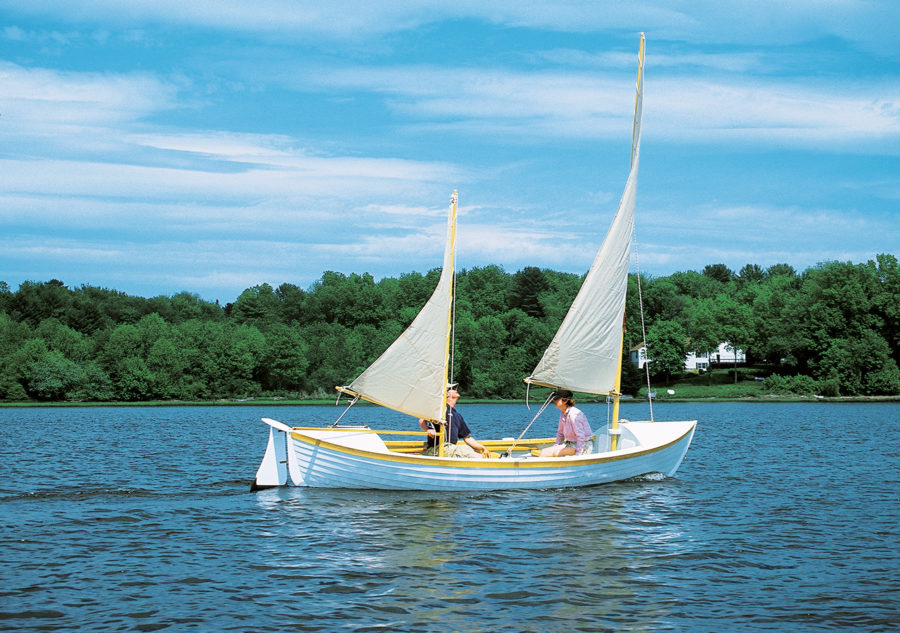
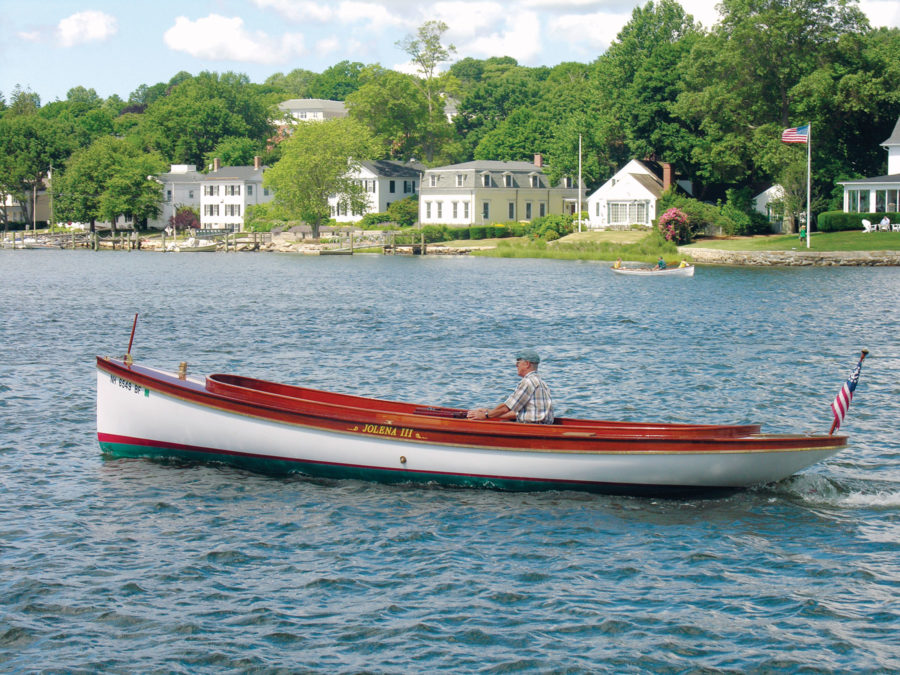
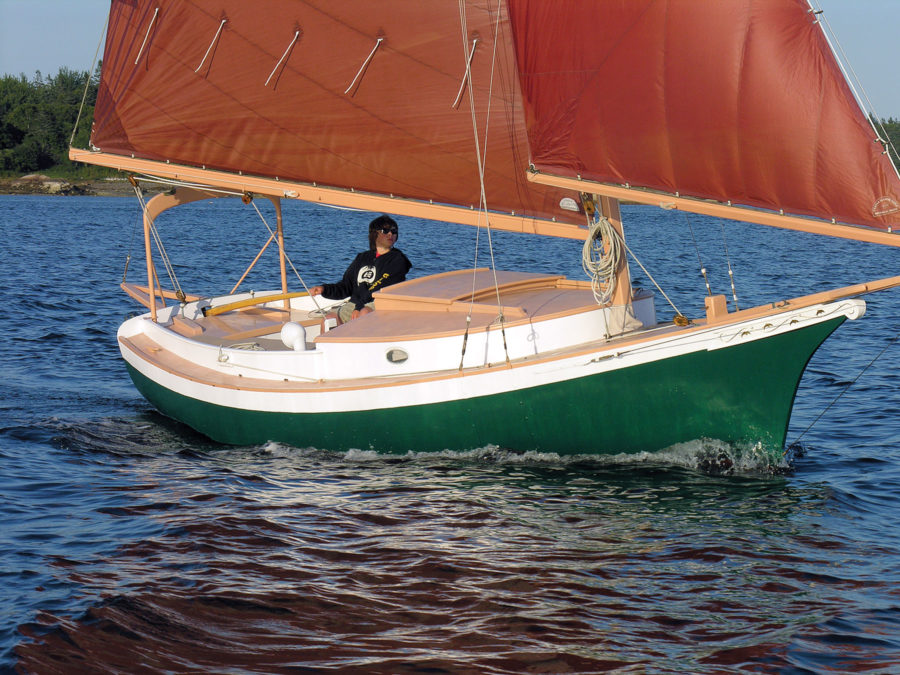
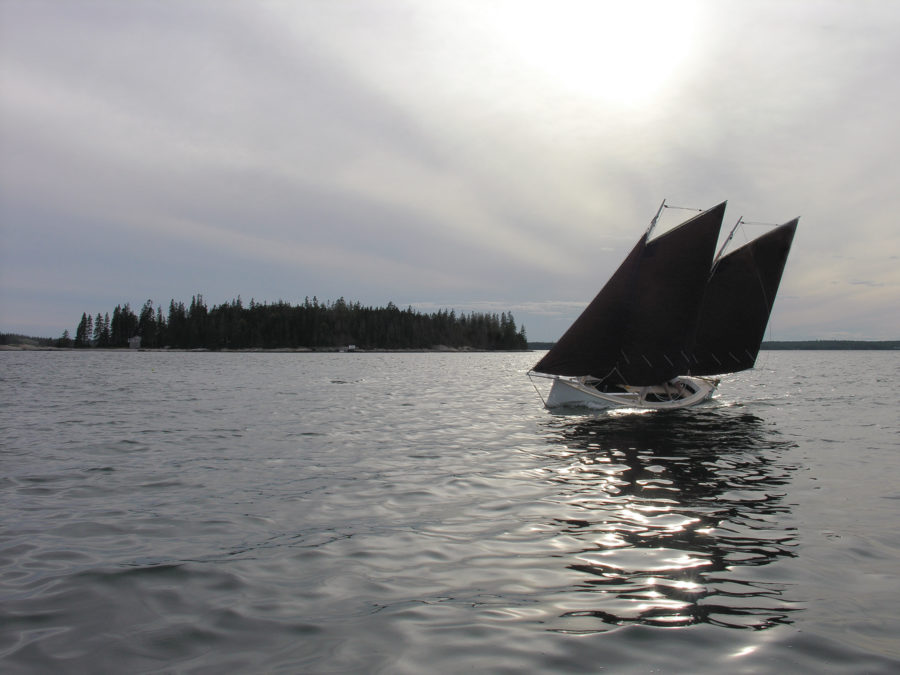
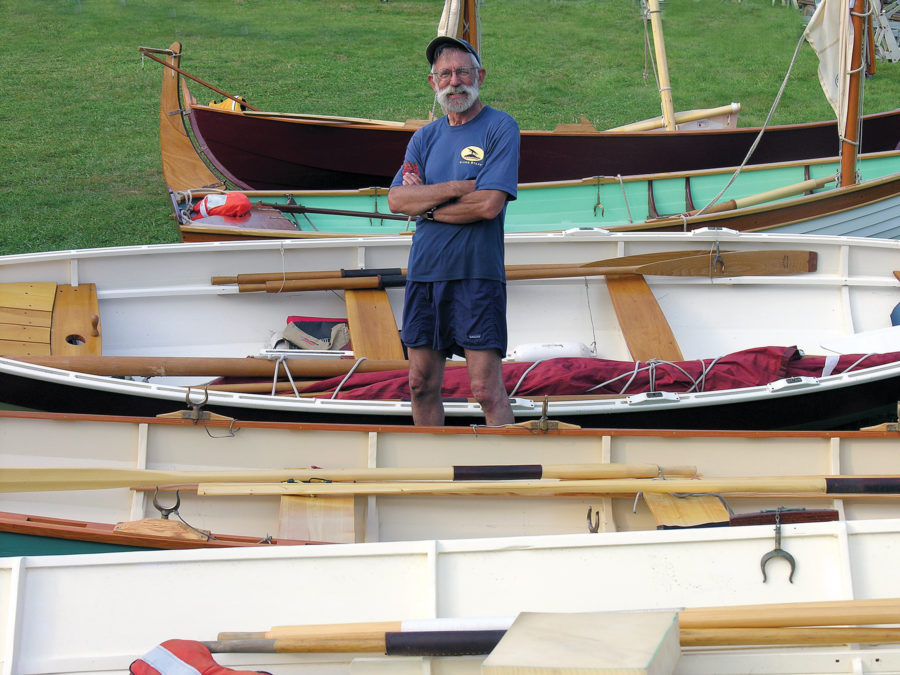
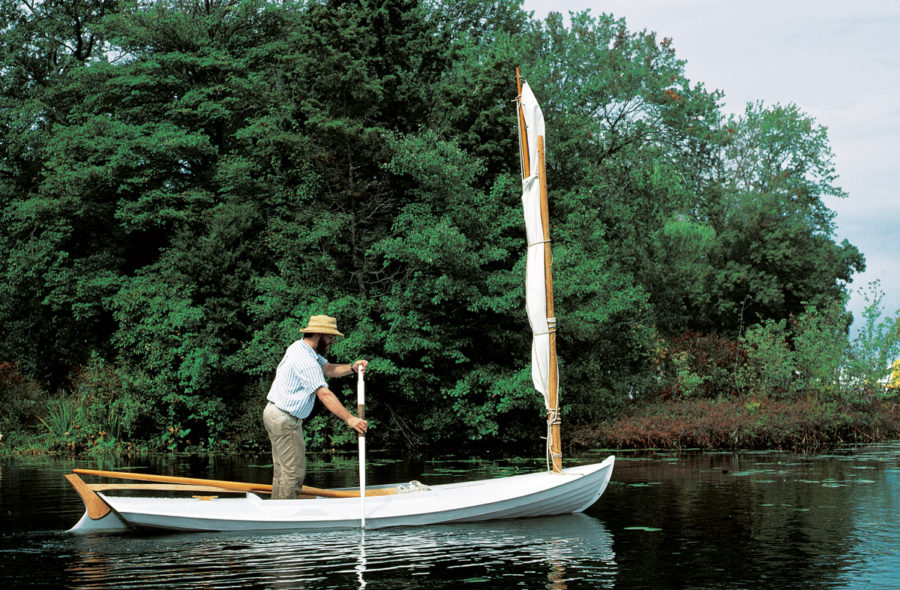
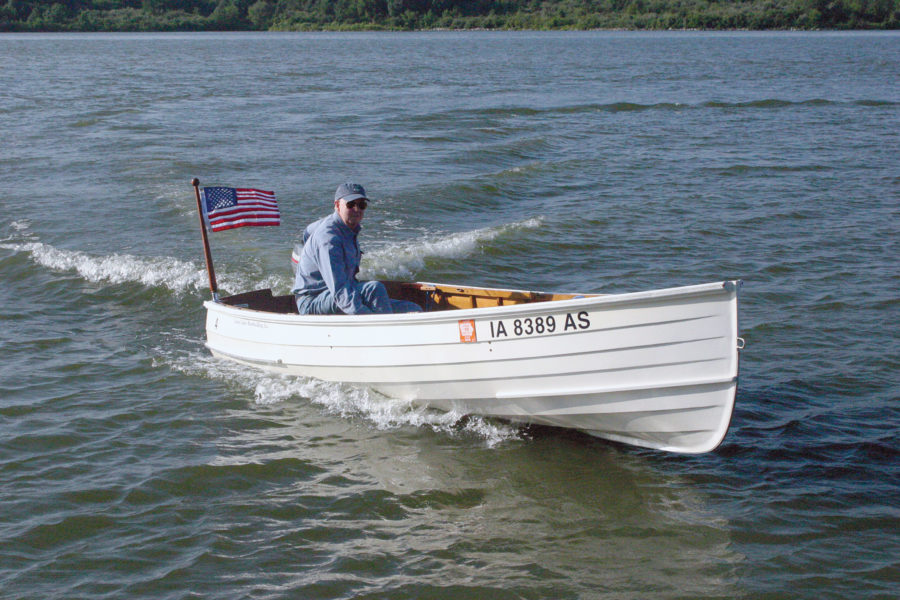
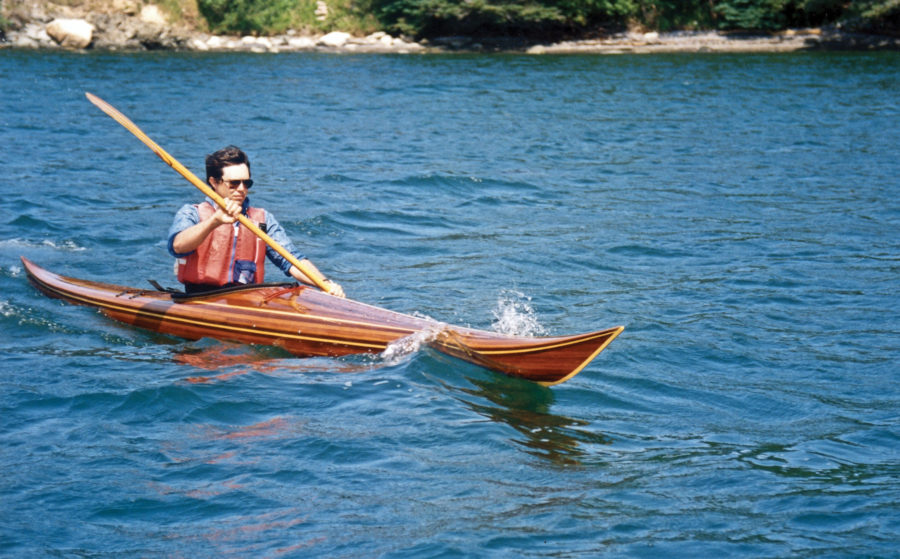
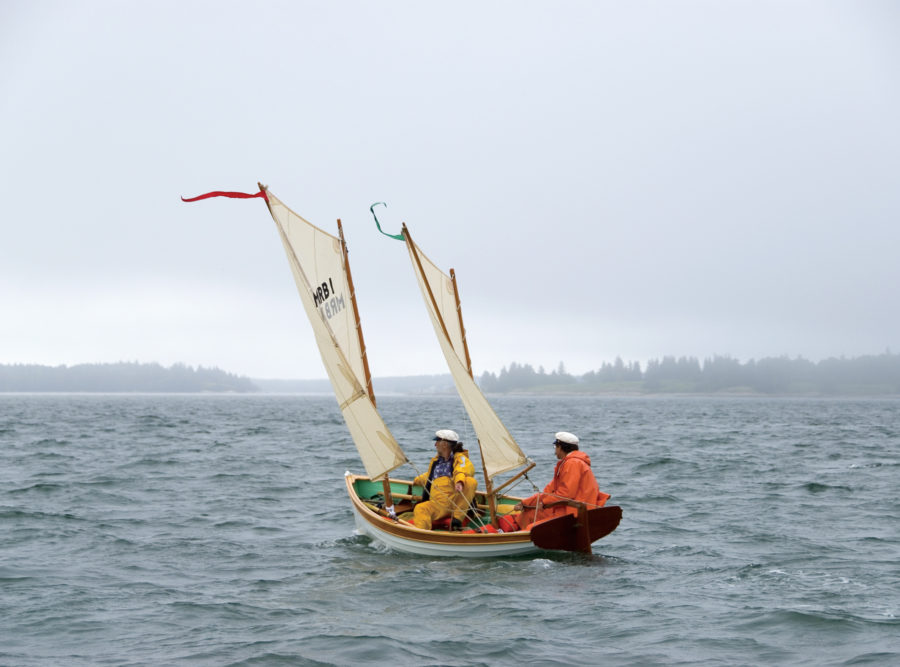
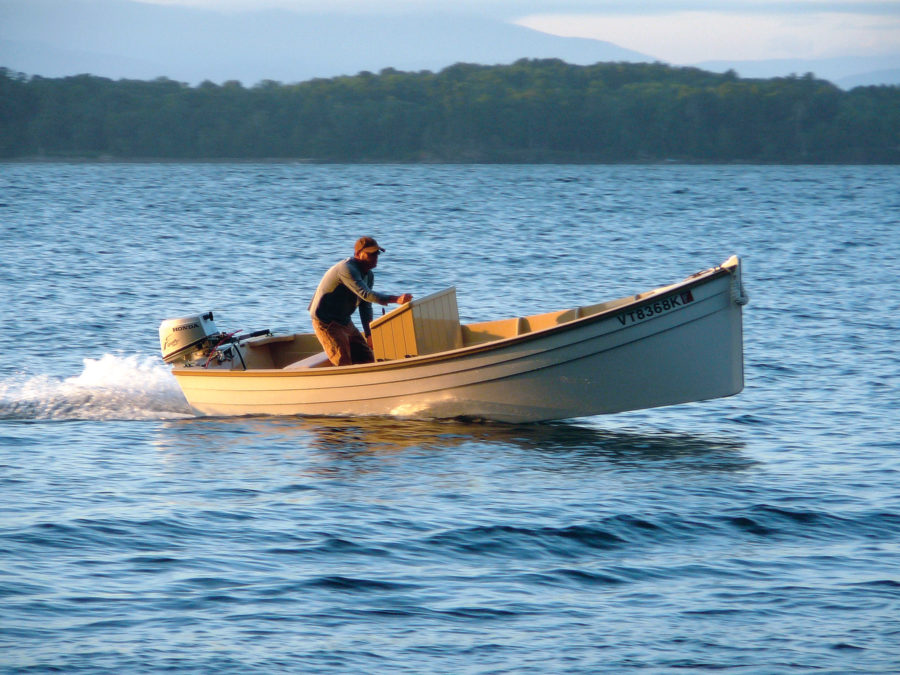
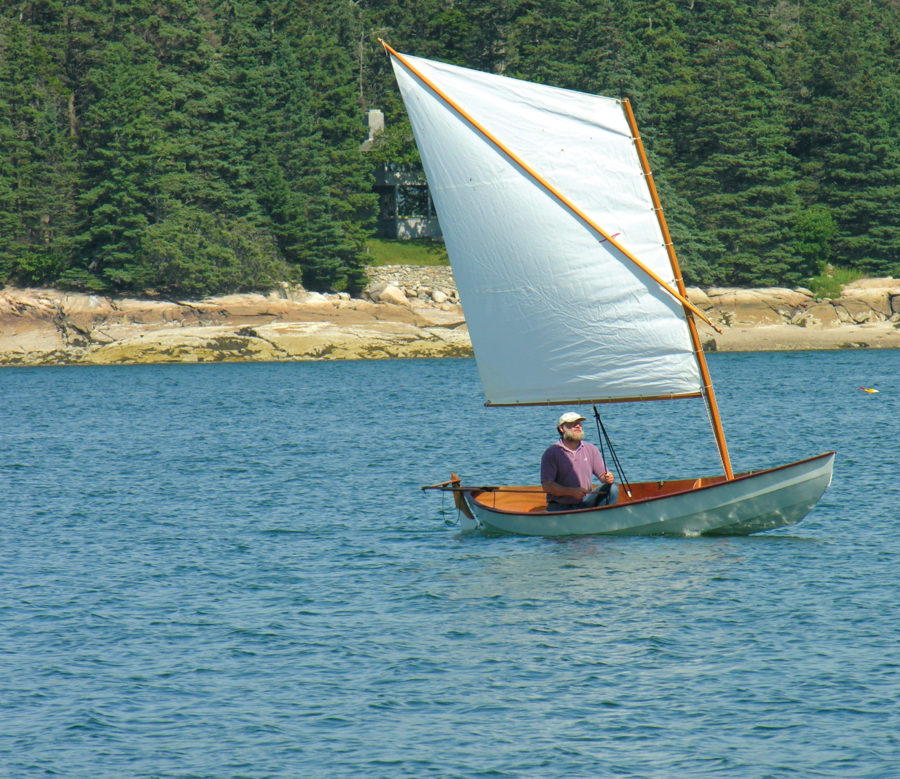
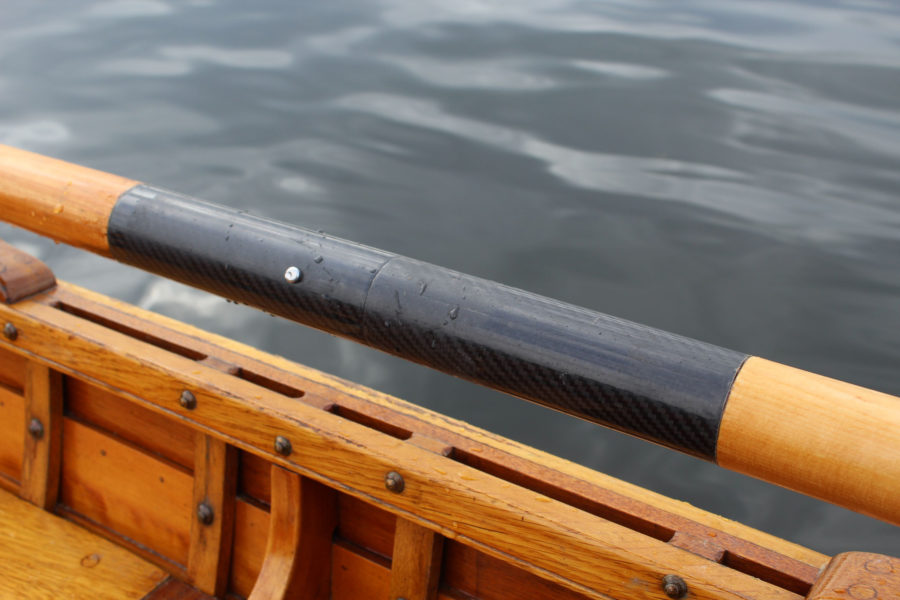
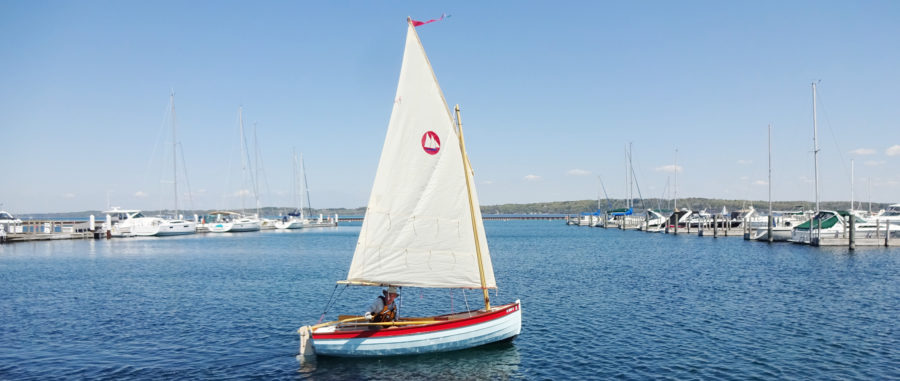
Rich, I am so pleased to read your article about MARTHA. I’m glad that she has given you and your son so much pleasure and stress relief. I came to the school from Toronto five years in a row , the last time about 6 years ago when I came with my new partner, Jane. She did “Learning to Sail for Women” and I did the rigging course. I may be back with a grandchild soon.
Best wishes to you all. Stay safe and well,
Tony Wells
I’ve admired this boat since the first time I saw her plans-for-sale in Wooden Boat. I was pleased to see a lapstrake version on the hard in Port Townsend, WA. Looked like a new build. I believe Crocker also drew the Stone Horse, another boat that is very handsome.
Chapelle has a perspective drawing of a Muscongous Bay sloop in American Sailing Craft. There is something about the sweet, curvaceous lines of that hull that always compels my eye. It’s obvious this was the inspiration for the Crocker design.
What a great story of a dynamite design and the preservation of a lovely boat that has passed from one loving family to another!!
Rich – thanks for this interesting and heart-warming story about MARTHA. It’s a wonderful read and much appreciated, especially during these COVID-stressed days. In 2019, at Alumni Work Week, I got to caulk and paint MARTHA’s tender. I had the boat (DAYDREAM?) to myself and it was a very satisfying experience. The only downside was that I made some folks very jealous!
Thanks again – stay safe and be well – Jeff Jones
Definitely one of the prettiest boats I’ve seen.
Rich,
How many years of WBS participation does one have to complete to earn a sail in MARTHA?
The Admiral
Great-looking sailboat! Thanks for this lovely article and uplifting story.
Martha is a classic beauty for sure. Sweet story of a loved vessel goint on into another sailing family and keeping afloat. Her lines are very Frienship sloop-like. How can that not be near perfection? I plan to make it (return actually- summers on Mt. Desert Isl./Acadia N.P.) to Maine and take a WoodenBoat course or two as soon as I retire (2024).
A beautiful boat! Did the electric motor become a reality, and how well does it do for you?
~Kees~